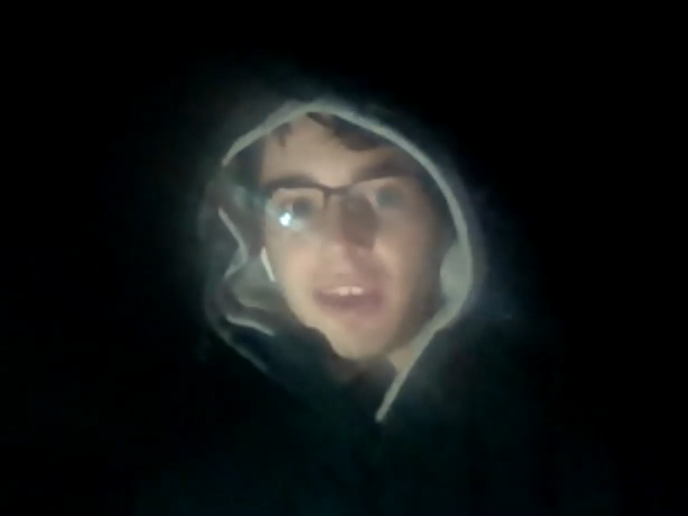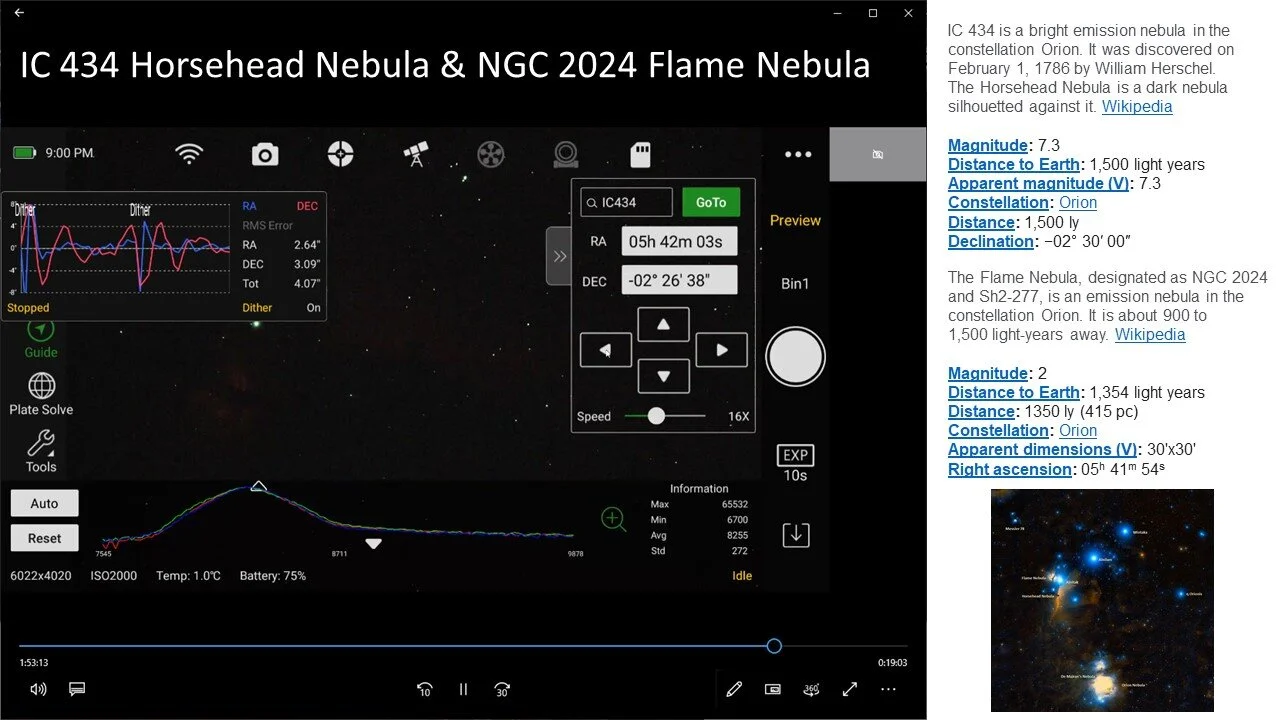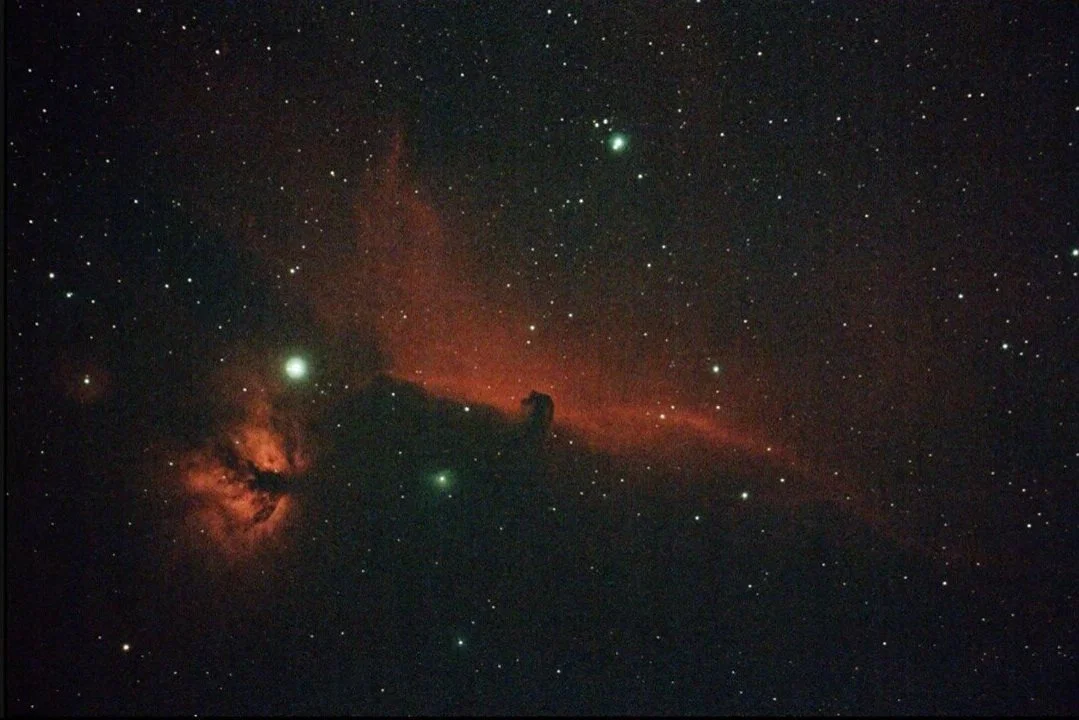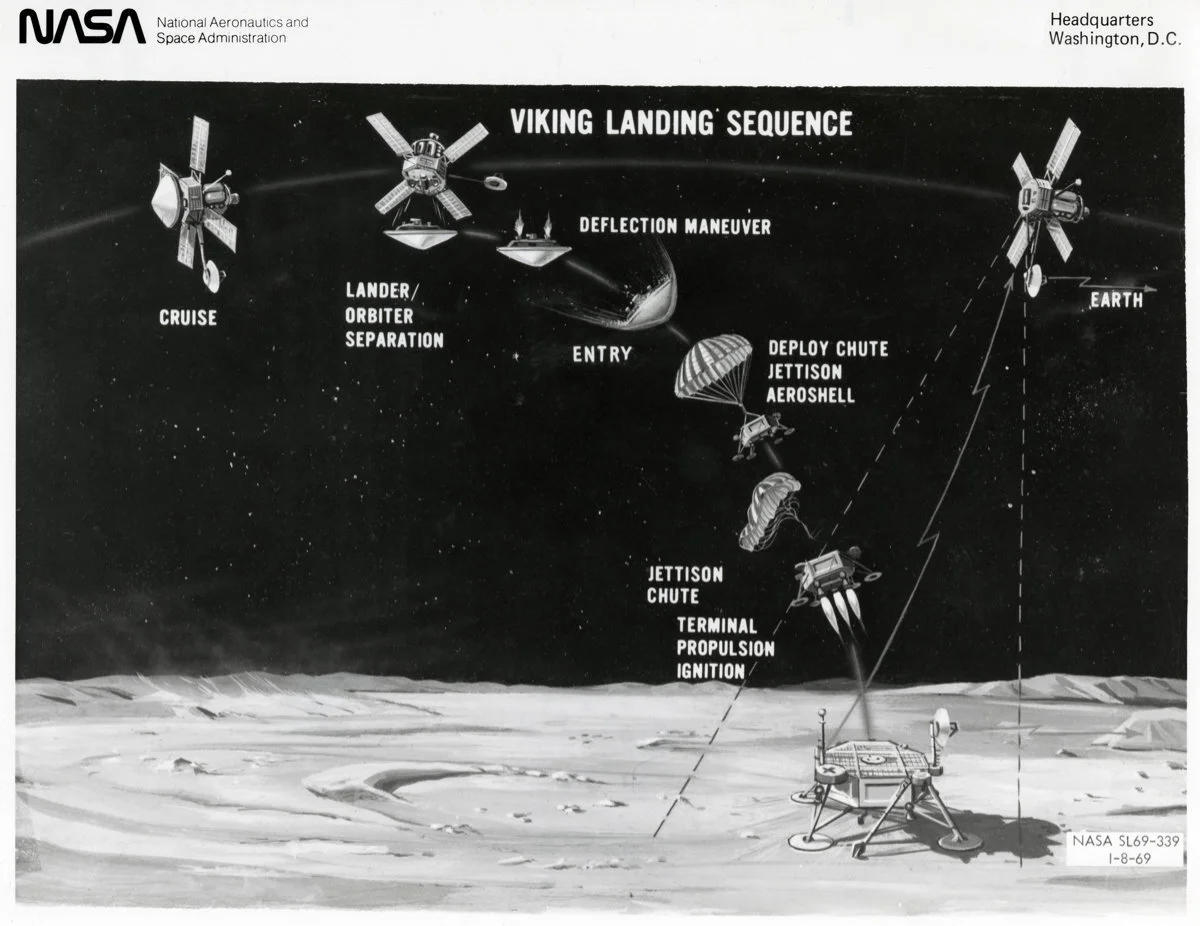Astral Projections Online February 2021
Welcome to the new ASTRAL PROJECTIONS ONLINE. An online publication for ASTRA members. The next stage of the prior successful ASTRAL PROJECTIONS that club member Chris Savia ran for almost five years. We truly appreciated all the hard work he put into it and hope we can meet the same standards he held while publishing Astral Projections.
ASTRA held its first virtual club meeting for the year on January 8th, 2021. We had a good showing of the membership for this special night. We had a guest speaker as well as two club announcements. We will continue the virtual meetings via Zoom during COVID. If you can’t participate because of issues with Zoom please contact us.
Club dues and 2021 membership. We are now collecting dues/membership in 2021.
NOTE: Those members that paid for 2020 will be carried over to 2021 and should have been notified.
ASTRAL PROJECTIONS ONLINE (APO for short) is an email linked publication for members only. If you exit APO to the club website you will need to use the emailed link again to get back to it. If you wish to retain a copy please bookmark or refer back to the email. We will make all efforts to post on the first day of the month.
Event Calendar
Astra’s next virtual meeting is on Friday, February 12, 2021, at 7 PM.
Please note at this time future in-person events will be canceled for the duration of the Coronavirus / CONVID-19.
Please check your emails for updates.
EVENT Cancellations: Members will receive email notification of an event cancellation, or call the ASTRA Hotline: 609971-3331
Submissions Welcome: Members are invited to submit articles, photos, news, or stories for inclusion with Astral Projections Online. Please contact the ASTRA Webmaster.
New Website …
We discussed the club’s new website at astra-nj.com. This will replace the old one with a fresh look and updated material. More information has been getting added to it but it is already online for all to see.
We had a guest speaker for our January 2021 meeting and welcomed Amy Little of AmyAstro. She is an astrophotographer with a growing YouTube presence. Check it out and subscribe. She discussed light pollution with the membership and how it impacts astrophotography and the filters she uses to get around it. Check out our new club YouTube channel “ASTRA YouTube” for the saved virtual meeting.
We would like to thank Amy for her taking the time she spent with us. It was well worth it for our club to hear her experiences and tips she shared with us and would welcome her back in the future. … Clear Skies.
We closed with a discussion on holding a possible club virtual star party.
Club members Jim Webster and Sam Granovsky, have been working on setting up for potential star parties, with Sam doing most of the heavy lifting. The testing for it has gone on for several nights in a two-week span prior to our January 2021 meeting and the end results look promising.
Pictured above is Sam who braved the cold weather we were having to make this all work. Thanks, Sam.
Sam Granovsky worked the field side of hooking up the telescope to the virtual Zoom session. Jim Webster managed the Zoom session. It is anticipated that while the telescope is being moved from one object to another we’ll have Stellarium running explaining what is going on or other items of interest. Jim is working on getting additional memory to accommodate using Zoom and Stellarium on the secondary laptop.
The image sample below is showing what is possible. This sample was of the Horsehead and Flame Nebulas. We had similar success with other objects.
I would also like to thank the following club members for their participation and input:
John Endreson, Rosemarie Spedaliere, and Ron Bernknopf.
Below is a sample of an overall setup of what is possible. Will we be able to do all of this? Only time and the participation of club members will make this possible. If we can make this work it is possible we could do public virtual star parties. But it can only happen with your help. PC viewers, for an expanded view, click on the image below.
Tonight’s Sky: February
In February, the Winter Triangle is your guide to the night sky: The northern hemisphere is treated to views of the stars Procyon, Sirius, and Betelgeuse. Keep watching for the awe-inspiring space-based views of the Orion Nebula, which is sculpted by the stellar winds of central bright stars. Want to see more? Click on the image to get started.
This article is distributed by NASA Night Sky Network
The Night Sky Network program supports astronomy clubs across the USA dedicated to astronomy outreach.
Visit nightsky.jpl.nasa.gov to find local clubs, events, and more!
Landing On Mars: A Tricky Feat!
David Prosper
Illustrations of the Entry, Descent, and Landing (EDL) sequences for Viking in 1976 (below), and Perseverance in 2021 (above). Despite the wide gap between these missions in terms of technology, they both performed their landing maneuvers automatically, since our planets are too far apart to allow Earth-based engineers to control them in real time! (NASA/JPL/Caltech)
The Perseverance rover and Ingenuity helicopter will land in Mars’s Jezero crater on February 18, 2021, NASA’s latest mission to explore the red planet. Landing on Mars is an incredibly difficult feat that has challenged engineers for decades: while missions like Curiosity have succeeded, its surface is littered with the wreckage of many failures as well. Why is landing on Mars so difficult?
Mars presents a unique problem to potential landers as it possesses a relatively large mass and a thin, but not insubstantial, atmosphere. The atmosphere is thick enough that spacecraft are stuffed inside a streamlined aeroshell sporting a protective heat shield to prevent burning up upon entry - but that same atmosphere is not thick enough to rely on parachutes alone for a safe landing, since they can’t catch sufficient air to slow down quickly enough. This is even worse for larger explorers like Perseverance, weighing in at 2,260 lbs (1,025 kg). Fortunately, engineers have crafted some ingenious landing methods over the decades to allow their spacecraft to survive what is called Entry, Descent, and Landing (EDL).
The Viking landers touched down on Mars in 1976 using heat shields, parachutes, and retrorockets. Despite using large parachutes, the large Viking landers fired retrorockets at the end to land at a safe speed. This complex combination has been followed by almost every mission since, but subsequent missions have innovated in the landing segment. The 1997 Mars Pathfinder mission added airbags in conjunction with parachutes and retrorockets to safely bounce its way to a landing on the Martian surface. Then three sturdy “petals” ensured the lander was pushed into an upright position after landing on an ancient floodplain. The Opportunity and Spirit missions used a very similar method to place their rovers on the Martian surface in 2004. Phoenix (2008) and Insight (2018) actually utilized Viking-style landings. The large and heavy Curiosity rover required extra power at the end to safely land the car-sized rover, and so the daring “Sky Crane” deployment system was successfully used in 2012. After an initial descent using a massive heat shield and parachute, powerful retrorockets finished slowing down the spacecraft to about 2 miles per hour. The Sky Crane then safely lowered the rover down to the Martian surface using a strong cable. Its job done, the Sky Crane then flew off and crash-landed a safe distance away. Having proved the efficacy of the Sky Crane system, NASA will use this same method to attempt a safe landing for Perseverance this month!
You can watch coverage of the Mars Perseverance landing starting at 11:00 AM PST (2:00 PM EST) on February 18 at nasa.gov/nasalive. Touchdown is expected around 12:55 PM PST (3:55 PM EST). NASA has great resources about the Perseverance Rover and accompanying Ingenuity helicopter on mars.nasa.gov/mars2020 . And of course, find out how we plan to land on many different worlds at nasa.gov.
Other Calendar Items of Interest
Submissions Welcome
Members are invited to submit articles, photos, news, or stories for inclusion with Astral Projections Online. Please contact the ASTRA Webmaster.









